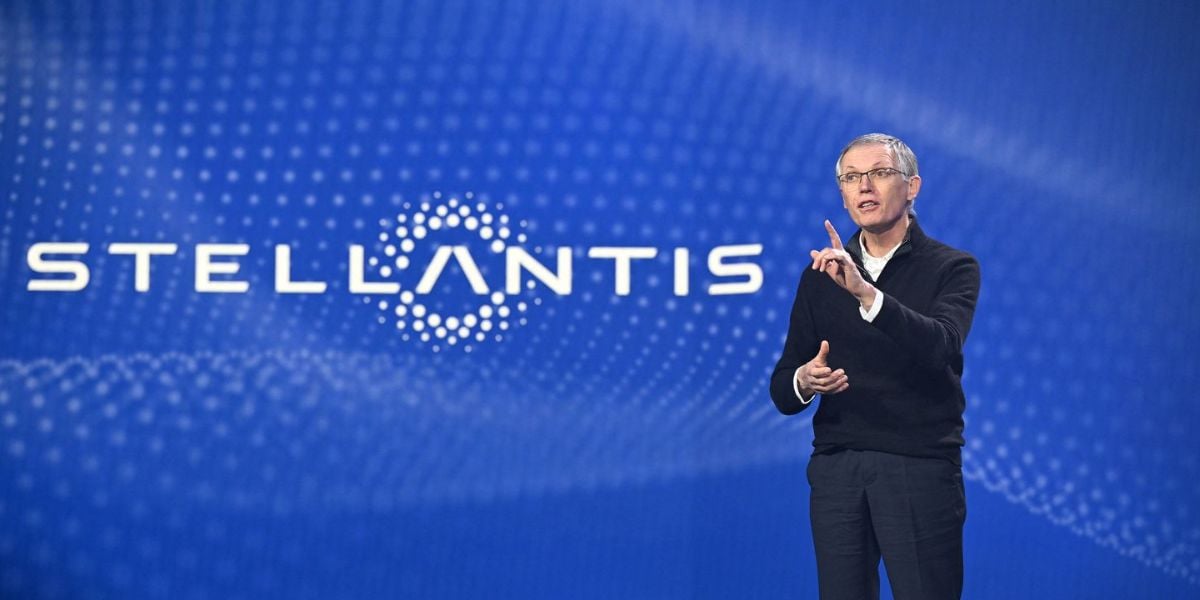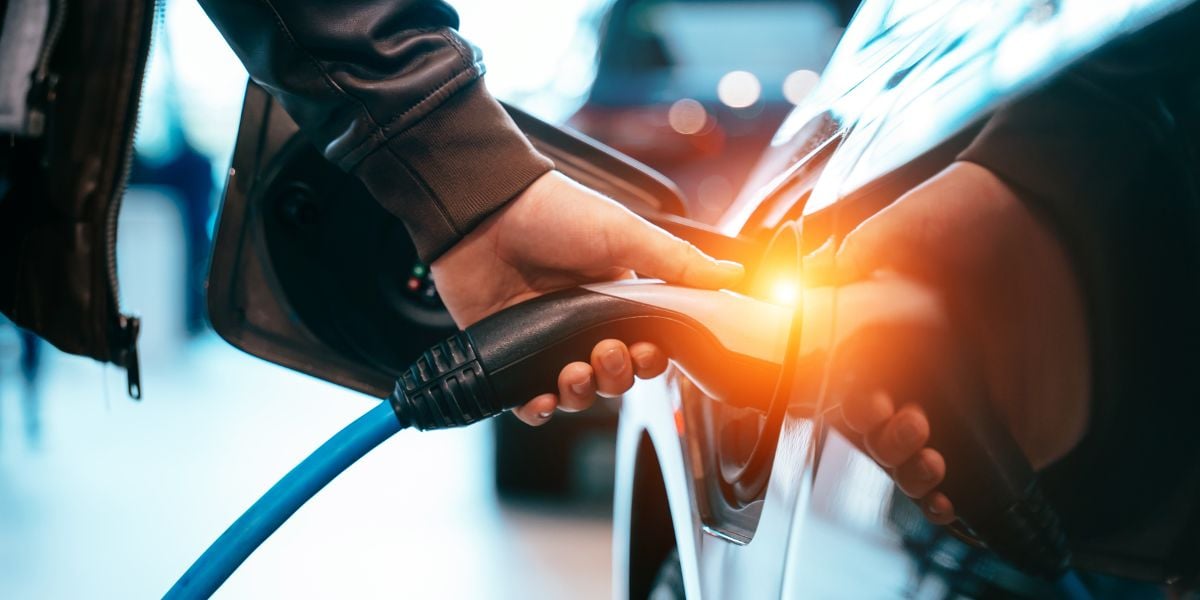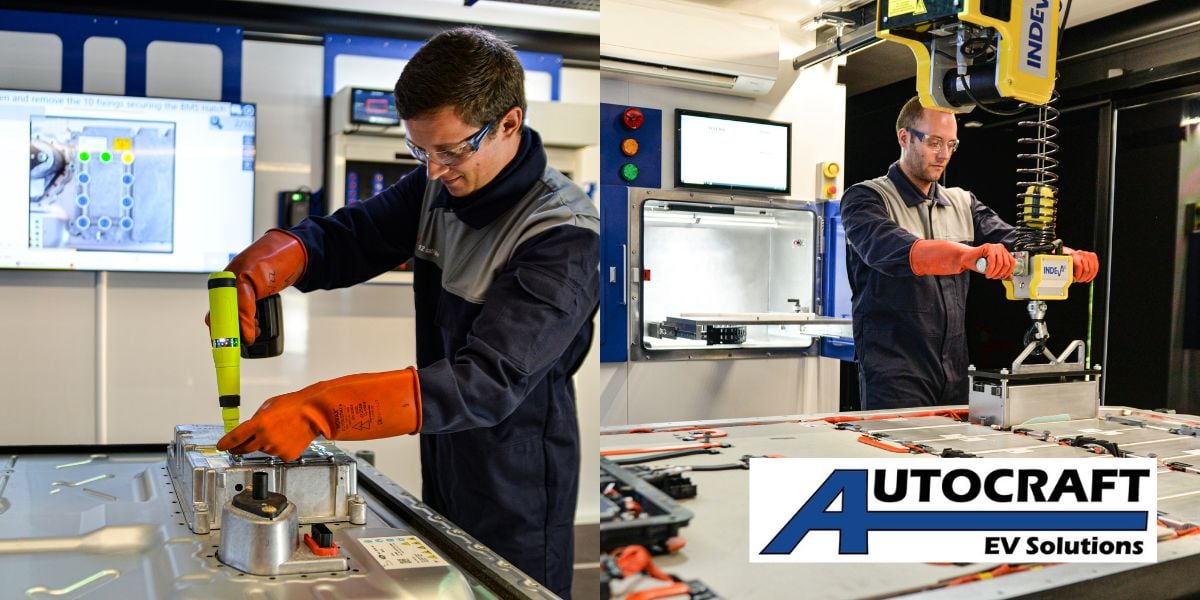The Euro 7 trilogue agreement
December, 18th, the Council and the European Parliament reach a provisional Euro 7 trilogue agreement on a regulation for the type-approval of motor vehicles and engines, as well as the systems, components, and separate technical units intended for such vehicles, in terms of emissions and battery durability. The new regulation establishes more appropriate rules for vehicle emissions and aims to further reduce air pollutant emissions from road transport, and it covers cars, vans, and heavy-duty vehicles in a single legal act for the first time. The preliminary agreement reached will keep the Euro 6 emissions limits in place for cars and vans while lowering the limits for buses and lorries. It also establishes limits for particles emitted by brakes (particularly in electric vehicles) and lifetime requirements. Euro 7 aims to reduce road vehicle emissions from not only exhaust but also brakes and tyres. Simultaneously, we hope to assist our industry in making the transition to near-zero emissions vehicles by 2035.
A regulation for all types of vehicles
The Euro 7 regulation establishes rules not only for road vehicle exhaust gas emissions, but also for other types of emissions such as tyre abrasion and brake particle emissions. It also establishes battery durability limits. The new legislation replaces the previously distinct emissions regulations for cars and vans (Euro 6) and lorries and buses (Euro VI). The Euro 7 standard rules combine emission limits for light and heavy-duty vehicles, such as cars, vans, buses, and lorries, into a single set of rules.
Exhaust emission limits
The provisional agreement reached keeps the current Euro 6 exhaust emission limits for cars and vans in place. However, the agreement restricts the emission of solid particles with diameters beginning at 10 nm (PN10), rather than 23 nm as in Euro 6. This advancement reflects recent changes at the United Nations Economic Commission for Europe (UNECE).
Exhaust emission for buses and trucks
In the case of heavy-duty buses and trucks, the agreement now establishes stricter limits for various pollutants, including pollutants not regulated in Euro VI, such as nitrous oxide (N2O).
Braking emission limits
The co-legislators' compromise text includes a specific limit of 3 mg/km in the standard driving cycle for pure electric vehicles and 7 mg/km for all other powertrains for cars and vans. The agreement includes specific limits for heavy vans, namely 5 mg/km for pure electric vehicles and 11 mg/km for other powertrains. The co-legislators imposed stricter lifetime requirements for all vehicles in terms of both mileage and lifetimes; for cars and vans, this is now increased to 200 000 km or 10 years. The agreement calls for different implementation dates after the regulation goes into effect:
- 30 months for new car and van models, and 42 months for new vehicles
- 48 months for new bus, truck and trailer models, and 60 months for new vehicles
- 30 months for new systems, components, or standalone technical units in cars and vans, and 48 months for those in buses, trucks, and trailers.
The Commission presented the Euro 7 regulation on November 10, 2022, as part of the Commission's 2020 Sustainable and Smart Mobility Strategy and the 2021 Zero-Pollution Action Plan. On September 25, 2023, the Council adopted its position, or 'general approach'. The European Parliament and Council adopted Regulation (EU) 2023/851 on April 19, 2023, to strengthen CO2 emission performance standards for new passenger cars and new light commercial vehicles, with a 100% reduction target for both cars and vans beginning in 2035. While industry prepares for this change, which means that new combustion cars and vans will be banned in the domestic market, they will remain available until 2035. After that date, other internal combustion vehicles (trucks, buses, and other heavy-duty vehicles) will continue to be manufactured. The Euro7 rules will cover car and van emissions until that date, while other rules in the regulation (for example, brakes, tyres, and battery life) will continue to apply to newer cleaner cars and vans after 2035.
Share your remanufacturing stories with us
Do you have an innovation, research results or an other interesting topic you would like to share with the remanufacturing industry? The Rematec website and social media channels are a great platform to showcase your stories!
Please contact our Brand Marketing Manager.
Are you an Rematec exhibitor?
Make sure you add your latest press releases to your Company Profile in the Exhibitor Portal for free exposure.



